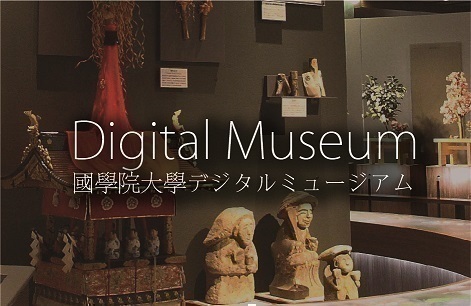- トップ
- Encyclopedia of Shinto
- Yakudoshi
Encyclopedia of Shinto
| Main Menu: | |
| Links: |
詳細表示 (Complete Article)
| カテゴリー1: | 6. Belief and Practice |
|---|---|
| カテゴリー2: | Divination and Supplication |
| Title | Yakudoshi |
| Text | An "age of calamity" at which a person is liable to suffer misfortune or illness, generally referring to the ages of 25 and 42 for men or of 19 and 33 for women. In particular, the ages of 42 for men and 33 for women are called "major calamity" (taiyaku), with the preceding year called maeyaku and the following year called atoyaku orhaneyaku. At the Dazaifu Tenmangū shrine, moreover, the taiyaku ages are defined as 25, 42, and 61 years for men and as 19, 33, and 37 years for women. Originally, yakudoshi is said to have signified auspicious ages that called for a ceremonial "celebration of longevity" (toshi iwai), similar to kanreki at 60 years of age and koki at 70 years of age. A person reaching a yakudoshi age was thus required to undergo purification by abstinence and confinement (monoimi, saikai) and to engage in sacred Shinto activities—such as carrying a portable shrine (mikoshi) or joining a shrine guild (miyaza). Consequently, the term is also used in the sense of yakudoshi (役年), an age at which one must assume "duties" (yaku 役). At present, the word possesses little of its former meaning of an auspicious age, strongly retaining only the sense of taboo that calls for restraint in starting new construction, new projects, and so on. — Yumiyama Tatsuya |




